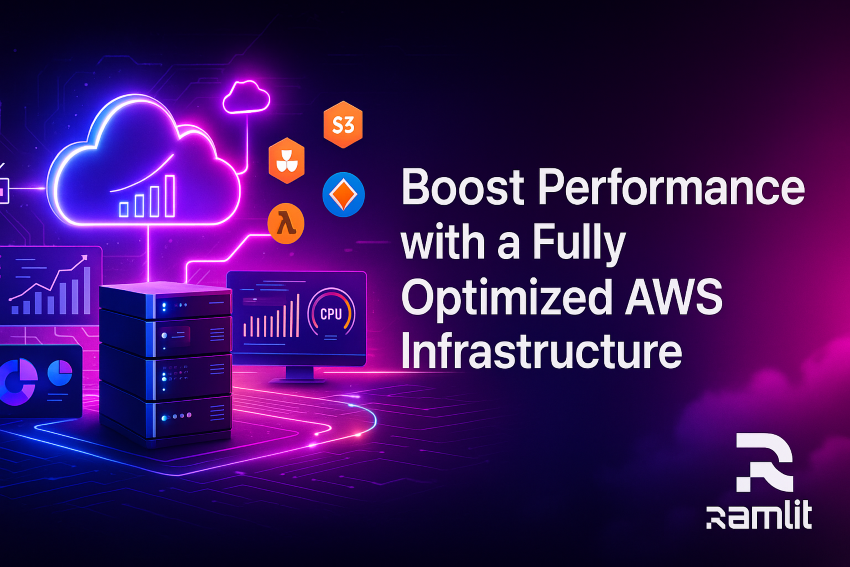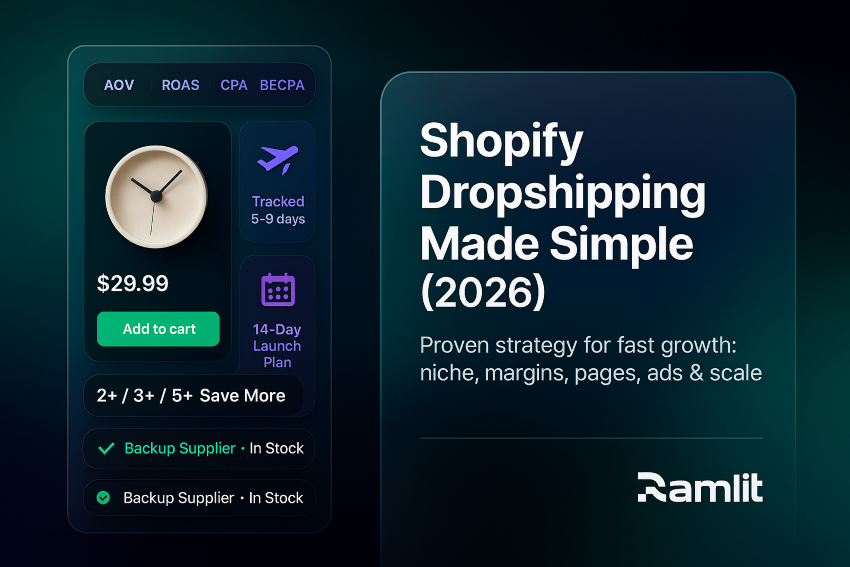Introduction
In today’s fast-paced digital world, slow loading times, downtime, and inefficient infrastructure can cost your business thousands in lost revenue. AWS (Amazon Web Services) is a powerful platform trusted by millions, but simply using AWS isn’t enough. To truly maximize your performance, you need a fully optimized AWS infrastructure.
Imagine having a cloud setup that scales effortlessly with demand, reduces latency, and minimizes costs—all while keeping your data secure. That’s what this guide promises: actionable insights and strategies to supercharge your AWS environment, ensuring your applications run faster, smarter, and more efficiently.
H2: Why AWS Optimization Matters
AWS offers a robust cloud platform, but default setups often leave performance on the table. Optimizing AWS infrastructure isn’t just a technical exercise—it’s a business imperative.
H3: Increased Speed and Performance
Performance optimization ensures your applications load quickly, transactions process smoothly, and user experiences remain seamless. Slow performance directly affects user retention, conversions, and revenue.
H3: Cost Efficiency
A poorly configured AWS setup can result in over-provisioned resources and unnecessarily high bills. Optimization balances performance with cost, eliminating waste and maximizing ROI.
H3: Scalability and Flexibility
Optimized AWS infrastructures are designed to scale automatically. Whether traffic spikes unexpectedly or usage patterns change, a flexible setup prevents bottlenecks and service interruptions.
H2: Core Components of a Fully Optimized AWS Infrastructure
Optimizing AWS requires attention to multiple layers of your infrastructure, from compute resources to storage and networking.
H3: EC2 Instances and Auto Scaling
Your choice of EC2 instances and auto-scaling configurations is critical. Opt for the right instance type for your workload, and leverage auto-scaling groups to dynamically adjust capacity.
Example: A high-traffic e-commerce site can automatically spin up additional EC2 instances during peak hours and scale down when traffic drops.
H3: Efficient Storage Solutions
AWS provides a variety of storage options: S3, EBS, and EFS. Choosing the right combination affects both speed and cost.
- S3: Ideal for object storage and static assets.
- EBS: High-performance block storage for databases and critical applications.
- EFS:* Managed file storage that scales automatically for shared resources.
Pro Tip: Use S3 Intelligent-Tiering to automatically move infrequently accessed objects to cheaper storage tiers.
H3: Database Optimization
Selecting the right database service (RDS, DynamoDB, Aurora) and configuring it properly is essential.
- Use read replicas to distribute load.
- Enable caching for frequently accessed data (ElastiCache).
- Monitor query performance and optimize indexes.
H3: Networking and CDN Integration
Reducing latency and improving availability often involves smart networking choices:
- Use AWS CloudFront as a CDN to cache static content closer to users.
- Implement VPCs for secure, isolated networking.
- Optimize routing with AWS Global Accelerator for global applications.
H3: Monitoring and Observability
You can’t optimize what you don’t monitor. Use AWS CloudWatch and CloudTrail for real-time metrics, logging, and alerting.
- Track CPU, memory, and disk utilization.
- Set alarms for unusual spikes or drops.
- Analyze logs to identify bottlenecks and recurring issues.
H2: Strategies for Advanced AWS Optimization
Beyond core configuration, advanced strategies can drastically improve performance and reliability.
H3: Leverage Serverless Architectures
Serverless computing with AWS Lambda reduces overhead and improves scalability. You pay only for actual execution time, not idle resources.
Example: Automate image processing or event-driven workflows without maintaining dedicated servers.
H3: Implement Infrastructure as Code (IaC)
Tools like AWS CloudFormation or Terraform allow repeatable, error-free deployments, ensuring consistent environments across development, staging, and production.
H3: Optimize for Multi-AZ and Multi-Region
Distribute your applications across multiple Availability Zones (AZs) and regions to increase redundancy, reduce latency, and improve disaster recovery.
H3: Cost Optimization Techniques
- Use spot instances for non-critical workloads.
- Enable AWS Compute Optimizer recommendations.
- Right-size resources regularly based on usage patterns.
H2: Real-World Example: E-Commerce Optimization
Let’s consider a medium-sized e-commerce platform struggling with slow page loads and high AWS bills.
Before Optimization:
- EC2 instances running at 50% capacity.
- No auto-scaling or load balancing.
- Database queries slowing down due to insufficient indexing.
After Optimization:
- Implemented auto-scaling for EC2 and RDS read replicas.
- Migrated static assets to S3 + CloudFront.
- Optimized database queries and enabled caching with ElastiCache.
- Result: 70% faster page load times and 35% lower monthly AWS costs.
H2: Common AWS Optimization Mistakes to Avoid
- Over-Provisioning Resources:** Paying for more than you need.
- Ignoring Monitoring:** Problems go unnoticed until they impact users.
- Skipping Backups and Redundancy:** Leads to costly downtime.
- Neglecting Security Best Practices:** Optimization should not compromise security.
H2: Bullet Points / Quick Takeaways
- Use the right EC2 instances and enable auto-scaling.
- Optimize storage with S3, EBS, and EFS based on usage.
- Leverage managed databases and caching solutions.
- Implement CloudFront CDN and multi-region deployment.
- Monitor continuously with CloudWatch and CloudTrail.
- Explore serverless and IaC for efficiency.
- Right-size resources and use spot instances to reduce costs.
H2: Call to Action (CTA)
Ready to unlock the full potential of your AWS infrastructure? Start your optimization journey today and experience faster performance, reduced costs, and seamless scalability. **Contact our AWS experts now for a free consultation. hire expart
H2: FAQ Section
Q1: How often should I review my AWS infrastructure?** A: Regular reviews are essential. Monthly or quarterly audits help ensure resources are right-sized, costs are controlled, and performance remains optimal.
Q2: Can AWS optimization reduce downtime? A: Yes. Implementing multi-AZ and multi-region strategies, along with monitoring and auto-scaling, significantly reduces downtime risks.
Q3: Is serverless suitable for all workloads? A: Serverless works best for event-driven, stateless workloads. Heavy stateful applications may still require traditional EC2 instances.
Q4: How much can optimization save on AWS costs? A: Savings vary by workload and initial configuration, but optimized infrastructures often see 20–50% reduction in costs.
Q5: Do I need specialized skills for AWS optimization? A: While AWS offers tools and recommendations, working with experienced cloud engineers ensures best practices are implemented efficiently.
give me this one for facebook instragam linkdin very attactive




